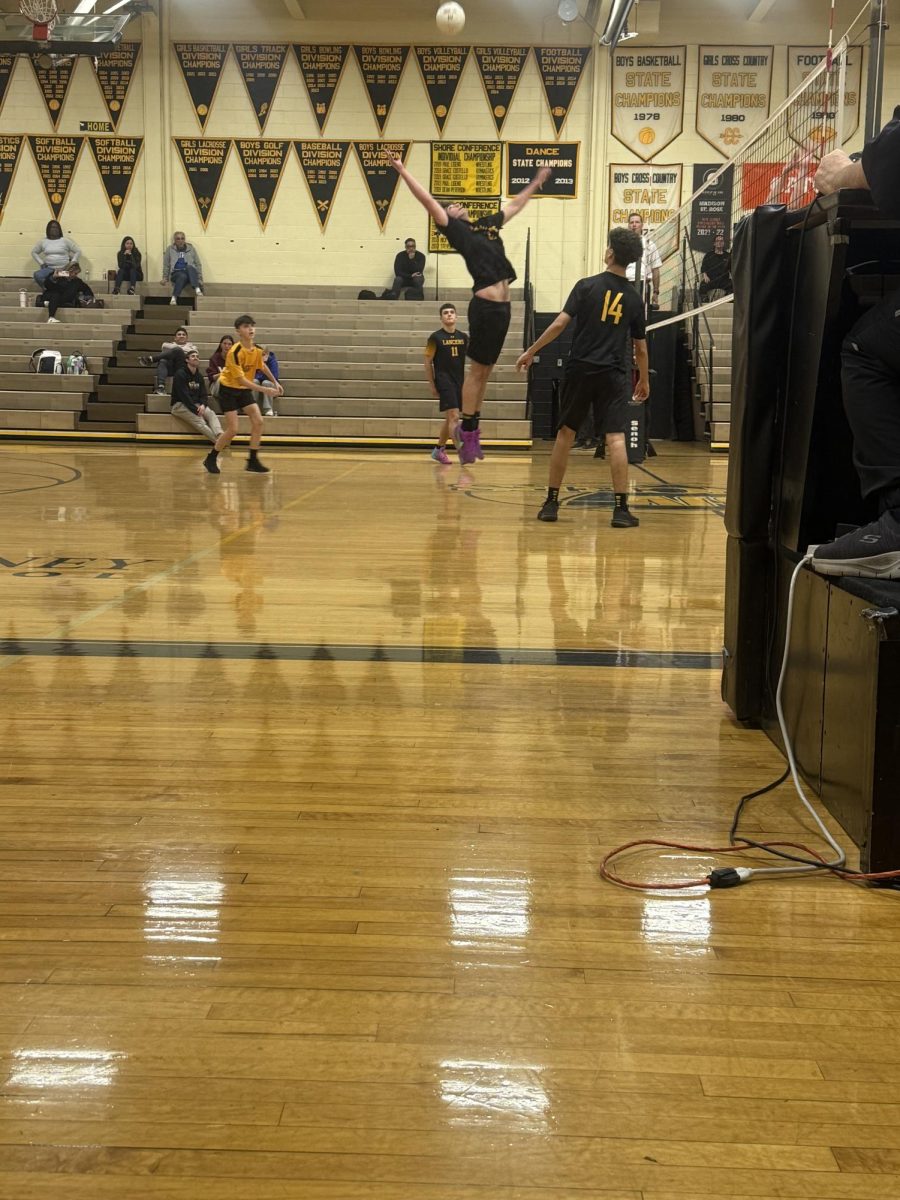Brace for Impact: A Crash Course on Brace Positions
October 3, 2018
Could the brace position for airline passengers be designed to kill you? This question has been posed by many air travel enthusiasts who believe that the “brace position” used in the safety instruction course on airlines was created to kill passengers on impact.
The position has the flyer sit with their head touching the seat in front of them and interlock their fingers behind their neck, using their elbows to guard their face. Conspiracy theorists believe that this special position increases the chance of the passenger’s neck breaking in the event of a crash landing.
On the Discovery Channel, the show Mythbusters calculated that airlines save anywhere from $3 – $40 million when the passengers die. This is because paying the family for compensation is much more affordable than paying for lifetime rehabilitation after injury resulting from an air disaster.
This dark theory gained popularity after Youtuber, Tana Mongeau, released a video on a list of conspiracy theories. In response, the Federal Aviation Agency (FAA) disagreed and then stressed the importance and Airlines’ serious care for passengers’ safety.
The FAA went on to say that when sitting in this position, the force from the crash is channeled into the chair in front of you. It claims that this is statistically three times safer than remaining upright when crashing.
When interviewed by Express.co.uk, CEO of luggage shipping company, Send My Bag, Adam Ewart said that “The brace position is designed to help avoid injuries during minor incidents and flyers put their trust in the aviation engineers. With 2017 being the safest year for air travel, it’s a true testament to their expertise and to the advancements which continue to be made.”
Air travel enthusiasts retaliated by claiming that the position, while bringing a quick, painless death, will also preserve the teeth so that the deceased bodies can later be identified using dental records.
Theorists also added that flight attendants have a different brace position than passengers. They sit straight up with their knees and feet together. Their feet are placed slightly behind their knees to avoid impact pressure causing breaks. Their hands are placed under their thighs with their palms up.
Next time you’re on a plane, consider this when watching the safety video.






